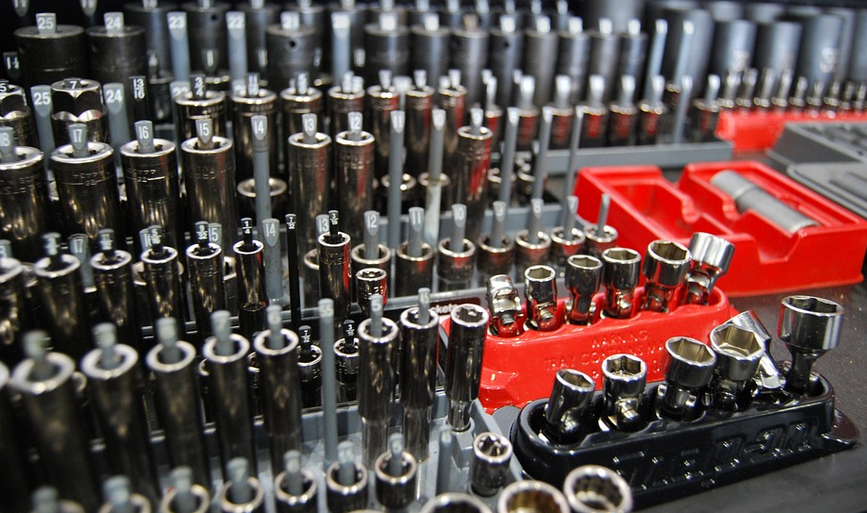
The Best Angle For Your Kitchen Knives – A Culinary Deep Dive
Understanding the Why Behind the Perfect Angle
Let’s face it, a good knife is like a trusted companion in your culinary journey. It makes everything easier, faster and more precise. But when you start talking about “perfect angle” for kitchen knives, things get a little complicated. You might be picturing some fancy chef-style trick or intricate Japanese technique.
But the truth is, the best angle for your kitchen knives boils down to understanding how they work and why that matters. It’s not about achieving an abstract perfection; it’s about striking a balance between functionality, safety, and efficiency. The angle of your knife blade plays a critical role in how well you can cut.
The Anatomy of the Knife: A Closer Look
Before we delve into angles, let’s take a moment to appreciate the anatomy of a kitchen knife. Most knives have a characteristic curve, like our own spine. The blade is often curved for optimal maneuverability and control, especially when chopping or slicing. This curved edge comes with an important consequence: it creates a natural angle.
When you swing a chef’s knife, the cutting motion creates a combination of pressure and angle. The blade’s natural curve guides your hand to make contact at a specific point on the food, creating the perfect angle for slicing or chopping. This is because the curvature helps you to apply consistent force to cut through ingredients
Understanding Your Knife’s “Base” Angle: A Matter of Precision
The real magic happens when we talk about the “base” angle—the angle at which the blade meets the food. This isn’t just about a straight line; it’s about achieving a balance between force and precision.
Think about how you hold your knife: you often use a slight inward curve to guide it, especially when slicing. This natural slant—the “base” angle—allows for better control over the food you’re cutting. The angle helps you to create a more consistent cut.
Choosing the Right Angle: A Matter of Cutting Style and Food
The best angle depends on your specific needs and cutting style, which are ultimately what matter most.
Take slicing through vegetables; you might want a slightly deeper angle to create even cuts without crushing delicate ingredients. For chopping, however, a more angled cut might be appropriate—the curve of the blade allows for precise work in this area.
Finding Your Sweet Spot: Experiment and Adjust
Remember, the best angle is the one that works for you and your cooking style. Don’t worry about getting it absolutely perfect; focus on achieving a comfortable and effective approach to cutting.
The key to mastering this skill lies in practice! Start by experimenting with different angles—test how the blade feels different when held at various points. This will help you discover your unique cutting style.
A Culinary Journey of Discovery
Your kitchen knives are more than just tools; they are extensions of your culinary imagination and skills. Finding the perfect angle is a process—it’s about understanding how your knife works, experimenting with different angles, and finding what feels most comfortable and effective for you. It’s an ongoing journey that becomes more enjoyable as you gain confidence in your cutting abilities.
Final Thoughts: The Power of Precision
Finding the best angle for your kitchen knives is a rewarding experience because it unlocks a whole new level of precision, efficiency, and enjoyment in the cooking process. Remember to trust your instincts, practice regularly, and never be afraid to experiment.
By understanding the intricate relationship between knife blades and cutting techniques, you’ll unlock a whole new world of culinary possibilities. You’ll find that every cut feels more precise, efficient, and ultimately, more satisfying.